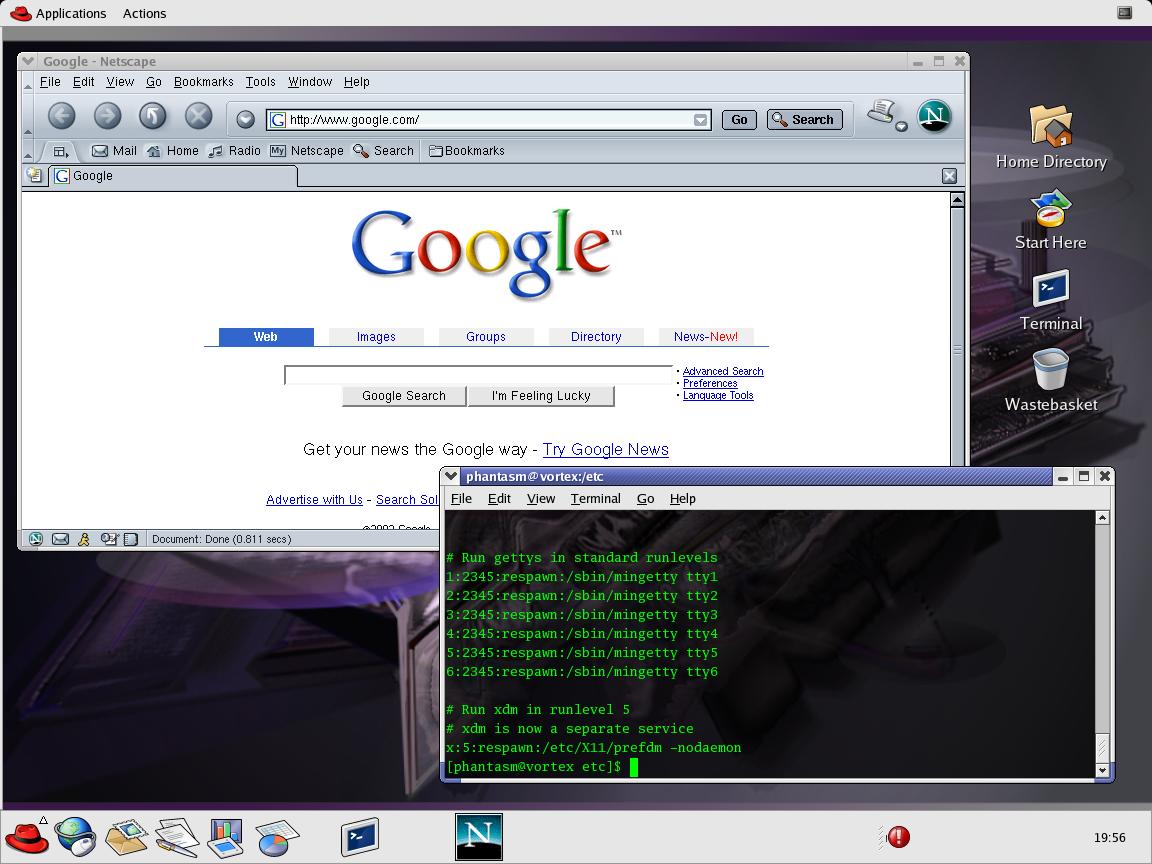Red Hat Linux 8.0 gets mixed reception
By ComputerWire
Posted: 01/10/2002 at 07:35 GMT
Red Hat Inc has announced the release of its latest attack on the desktop operating system market, but the release of Red Hat Linux 8.0 has proved controversial not only for its potential to impact Microsoft Corp's desktop dominance.
Included in Raleigh, North Carolina-based Red Hat's latest version of the desktop operating system is Bluecurve, a new desktop graphical user interface that alters the configuration of existing the existing KDE and Gnome Linux desktop environments.
Bluecurve is designed to offer familiar look-and-feel to users of both KDE and Gnome, but has angered some users of both open source desktop environments. It has also led to the resignation of at least one Red Hat employee.
In a recent posting to the KDE developers' mailing list, developer Bernhard Rosenkraenzer announced his resignation from the company, commenting that "I don't want to work on crippling KDE, and they don't want an employee who admits RH 8.0's KDE is crippleware."
In many ways, configuring the available desktops to its own design makes a lot of sense for Red Hat. A member of the company's desktop team, Owen Taylor, recently published details of the new Linux desktop, outlining the company's reasons for taking this step.
"Creating two sets of configuration tools, two web sites, and two boxes isn't feasible or desirable," Taylor said. "So we have to make the desktop fit in with the rest of the product instead of making the rest of the product fit in with the desktop."
The problem Red Hat faces is that both Gnome and KDE are mature products that have gathered a great deal of community developer and user support. Neither seems likely to win out over the other, and both are compatible with existing Linux standards. Supporting both is a time and cost-consuming process for the company.
Red Hat has been able to reduce its level of integration work by adopting similar configurations for the desktop environments, said Taylor. That hasn't stopped the company's development work angering the community at large, particularly given Red Hat's historical preference for Gnome, rather than KDE.
Bluecurve has been criticized in some quarters as a miss-configuration of KDE. Taylor denies that this is the case.
"One thing we are definitely not doing is intentionally misconfiguring KDE to make it look bad," he said. "There is no point in shipping crippled software; all that could possibly do is give users a bad impression of Red Hat Linux."
Taylor also denies that the company is stripping out features of KDE and Gnome with Bluecurve, stating the features are still available, but are not part of the default configuration.
The release of Red Hat Linux 8.0 signals a fresh attempt by the company to make an impact in the desktop operating system market. A fully configured, easy-to-use desktop environment is an important part of the company's ability to take on Microsoft in this space. If Linux is to make an impact in the desktop market, it needs to lose its techie image.
Designed for personal and small business usage, Red Hat Linux 8.0 also includes the OpenOffice.org office software suite, the Apache web server, Samba file and print services and firewall software. Available now at retail locations, and from Red Hat, the product comes in two versions.
The Personal version starts at $39.95, which includes includes 30 days of Red Hat Network basic service and web-based support. The Professional version starts at $149.95 and adds a system administrator's CD, an office and multimedia applications CD, 60 days of Red Hat Network basic service and 60 days of web-based and telephone support.
